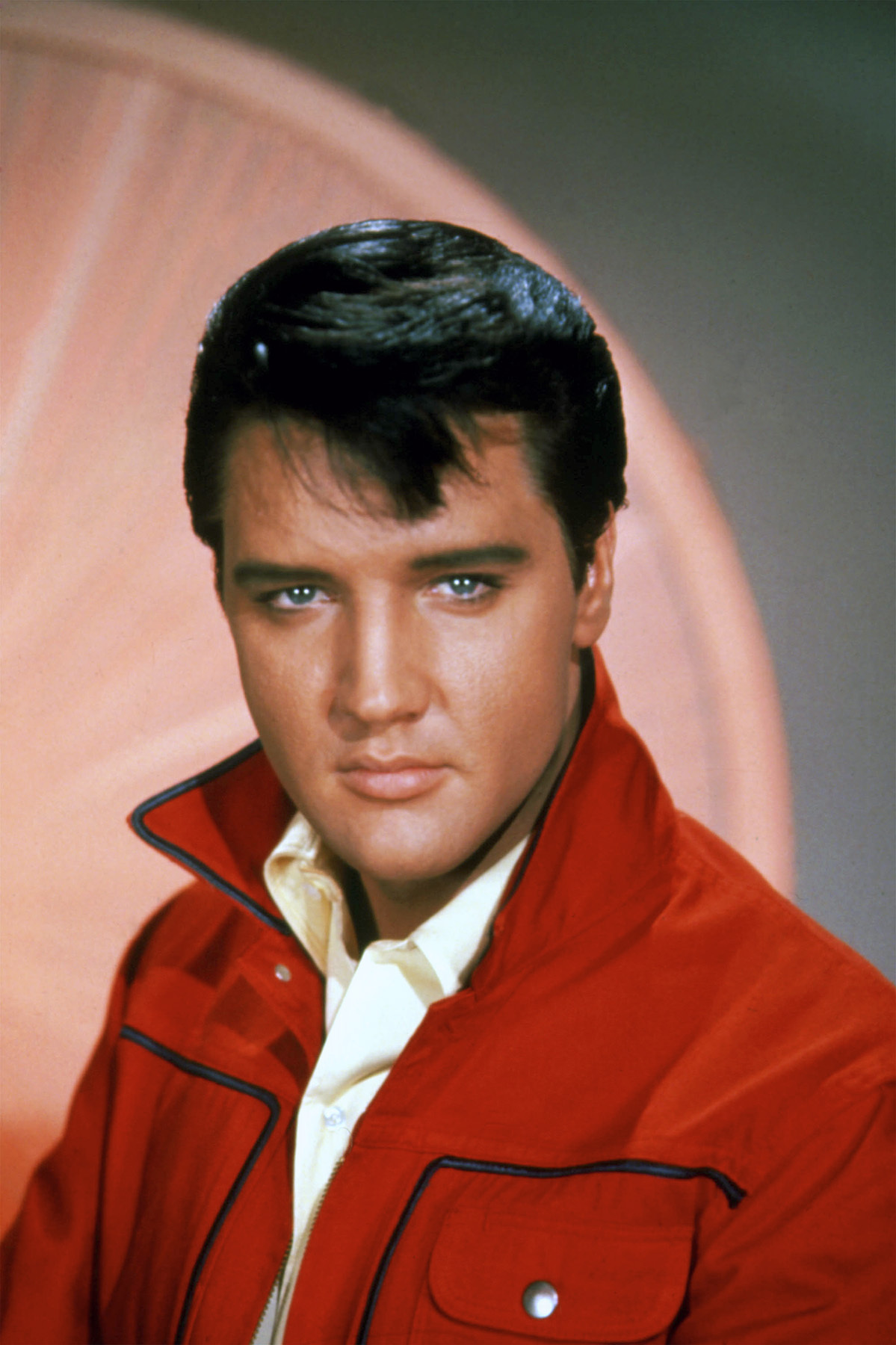
Elvis Aaron Presley, a name that reverberates through the annals of music history, wasn’t just a singer; he was a cultural phenomenon, a force of nature who profoundly reshaped the 20th century. Referred to universally as the “King of Rock and Roll,” his energetic and often provocative performance style, coupled with a revolutionary blend of musical influences that transcended racial lines during a period of significant social change, brought him both immense success and considerable initial controversy. His journey from the quiet streets of Tupelo, Mississippi, to the global stage is a testament to raw talent, relentless drive, and an undeniable charisma that captured the hearts of millions.
Far from a meteoric rise without struggle, Presley’s path was paved with challenges, self-discovery, and pivotal moments that forged the legend he would become. His early life was marked by the kind of grit and determination that often defines future icons, from navigating family hardships to finding his voice amidst teasing and shyness. These foundational experiences were instrumental in shaping the artist who would later mesmerize audiences with his unique sound and unforgettable stage presence.
In this in-depth exploration, we’ll traverse the defining chapters of Elvis Presley’s life and career, chronicling the key events and transformations that propelled him from a shy boy with a guitar to an internationally recognized superstar. We’ll uncover the intriguing facts and crucial turning points that shaped the King, offering a vivid portrait of the man behind the legend through the lens of his most significant early milestones.
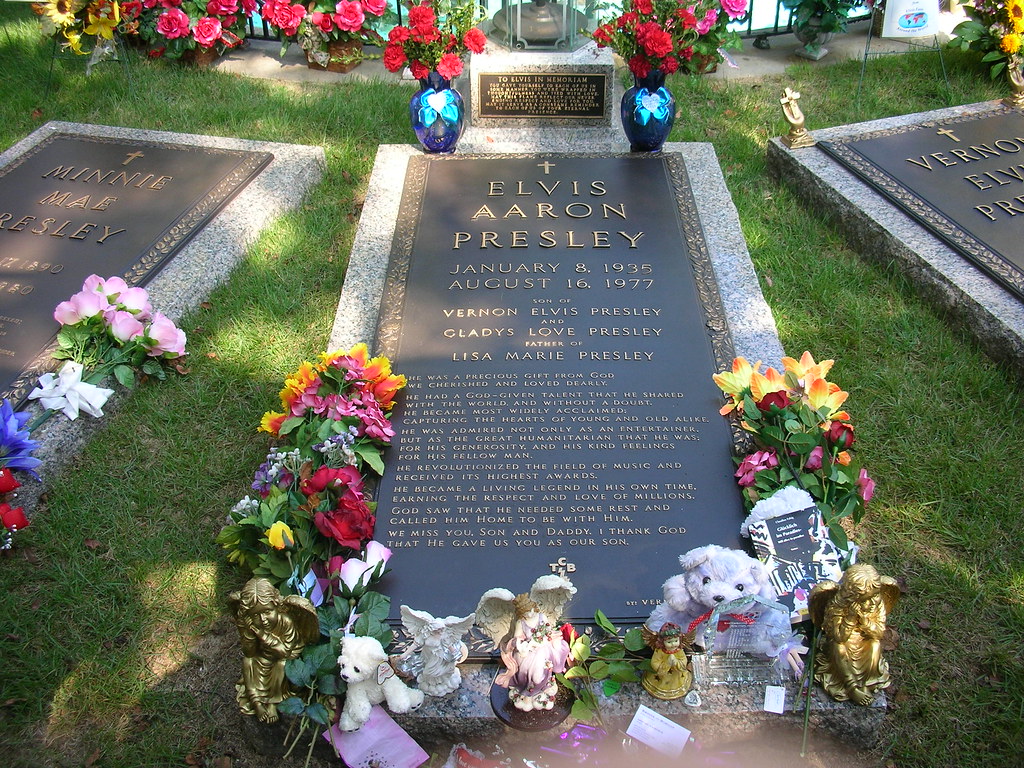
1. **Humble Beginnings in Tupelo, Mississippi**Elvis Aaron Presley entered the world on January 8, 1935, in Tupelo, Mississippi, born to Gladys Love (née Smith) and Vernon Presley. His arrival was preceded by his twin, Jesse Garon, who was stillborn 35 minutes earlier. This early loss, alongside the deep bond he shared with his parents, particularly his mother, laid a profound emotional foundation for his life. The family found initial musical inspiration within their Assembly of God church, an environment that exposed young Elvis to sounds that would later influence his groundbreaking artistry.
Life in the Presley household during these early years was often challenging. Vernon moved from one odd job to the next, struggling to maintain financial stability for his young family. This meant that the Presleys frequently had to rely on the generosity of neighbors and government food assistance to make ends meet. A significant setback occurred in 1938 when they lost their home after Vernon was found guilty of altering a check, leading to his incarceration for eight months. These experiences undoubtedly instilled in Elvis a deep understanding of hardship and resilience.
Academically, Presley was regarded as “average” by his teachers when he entered first grade at East Tupelo Consolidated in September 1941. His first foray into public performance came at the tender age of 10, when he sang “Old Shep” at the Mississippi–Alabama Fair and Dairy Show on October 3, 1945, recalling placing fifth in the contest. A few months later, he received his first guitar for his birthday, with lessons from two uncles and a pastor from his family’s church. Despite this early exposure, Presley admitted, “I took the guitar, and I watched people, and I learned to play a little bit. But I would never sing in public. I was very shy about it.”
Read more about: Unraveling the Roots of a Legend: Elvis Presley’s Journey Before His Family Began
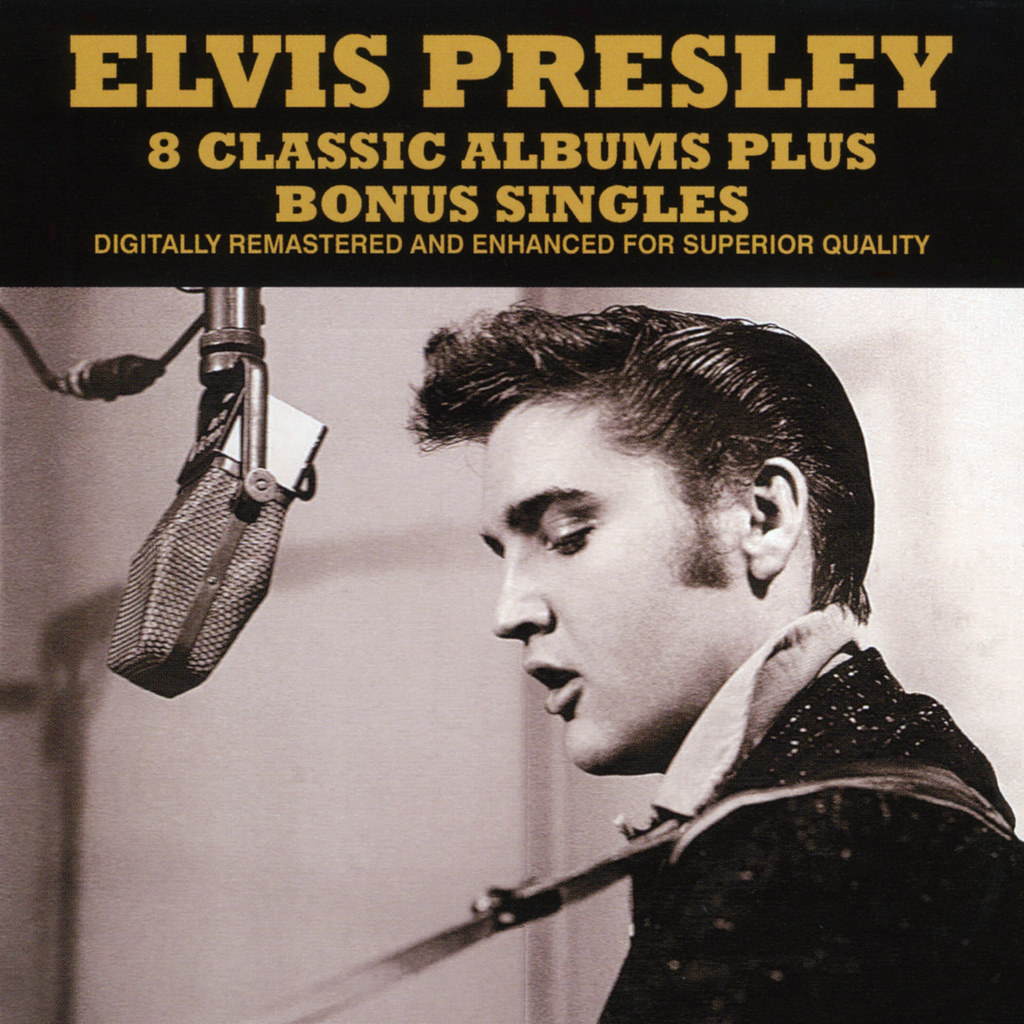
2. **Memphis and the “Hillbilly Cat”**In November 1948, a significant change occurred in the Presley family’s life as they relocated to Memphis, Tennessee. Elvis enrolled at L. C. Humes High School, where his music teacher, in eighth grade, unfortunately gave him a grade of C and reportedly stated he had no aptitude for singing. Presley, however, was undeterred; he countered by bringing in his guitar and performing a recent hit, “Keep Them Cold Icy Fingers Off Me.” This early dismissal of his talent highlights the conventional views of the time that struggled to categorize his emerging style.
During his time at Milam for sixth grade in September 1946, and later at Humes, Presley often faced social challenges. He was frequently teased as a “trashy” kid who played “hillbilly music,” and at times was bullied by classmates for being a “mama’s boy,” indicating his shy nature and strong bond with his mother. Despite this, he became a devotee of Mississippi Slim’s radio show, with Slim’s younger brother describing Presley as “crazy about music.” Slim even took the time to show Presley chord techniques, demonstrating early mentorship. When Elvis was 12, Slim scheduled him for two on-air performances, though stage fright initially overcame him, he performed the following week.
By his junior year at Humes, Presley began to distinguish himself among his classmates, notably through his appearance. He grew his sideburns and styled his hair in a manner that was both distinctive and bold for the era. He would frequent Beale Street, the vibrant heart of Memphis’s blues scene, where he admired the “wild, flashy clothes at Lansky Brothers.” By his senior year, he was embracing these unique fashion choices, stepping out in clothes that defied convention. His participation in Humes’ Annual “Minstrel” Show in 1953, where he sang and played “Till I Waltz Again with You,” was a turning point for his reputation. He recalled, “I wasn’t popular in school… I failed music—only thing I ever failed. And then they entered me in that talent show… when I came onstage, I heard people kind of rumbling and whispering and so forth, ’cause nobody knew I even sang. It was amazing how popular I became in school after that.” By the time he graduated high school in June 1953, music had solidified its place as his future.
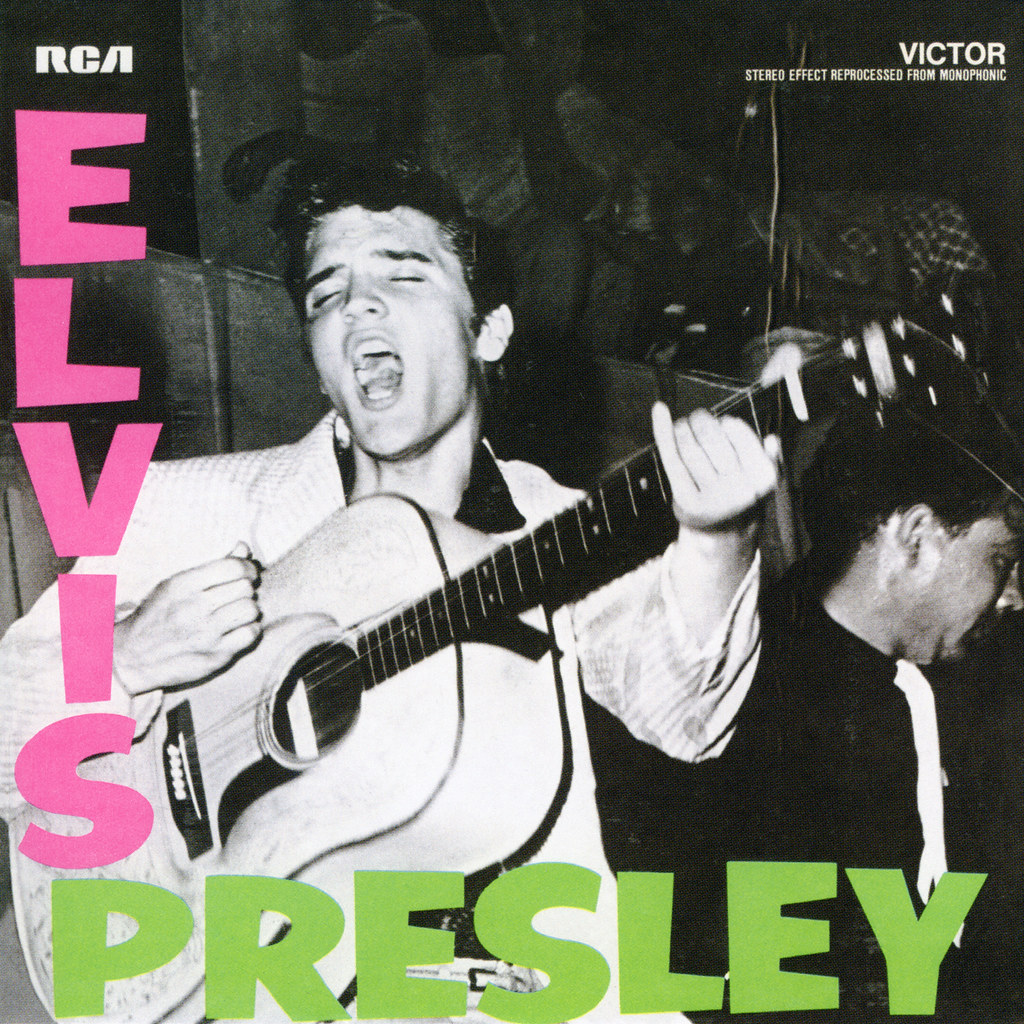
3. **The Sun Records Spark: A New Sound Emerges**August 1953 marked a pivotal moment in Presley’s journey when he ventured into Memphis Recording Service, the precursor to Sam Phillips’ legendary Sun Records. His initial objective was to pay for studio time to record a two-sided acetate disc, featuring “My Happiness” and “That’s When Your Heartaches Begin.” While he later claimed it was a birthday gift for his mother or simply a curiosity about his own voice, biographer Peter Guralnick suggested Presley harbored a quiet hope of being discovered. This initial visit, though not immediately yielding a breakthrough, planted the seeds for what was to come. In January 1954, he cut a second acetate at Sun with “I’ll Never Stand in Your Way” and “It Wouldn’t Be the Same Without You,” yet again, without immediate success. His ambition was evident, despite facing rejections from a local vocal quartet, the Songfellows, and Eddie Bond’s band.
Sam Phillips, a visionary producer, was on a continuous quest to find an artist who could bridge the gap between African-American music and a broader audience, expanding the reach of the black musicians Sun Records focused on. In June, a demo recording of a ballad titled “Without You” by Jimmy Sweeney caught Phillips’ attention, leading him to believe it might suit Presley. Although the teenage singer visited the studio, he struggled to do the song justice. Nevertheless, Phillips, sensing something unique in Presley, encouraged him to sing other numbers. He was sufficiently impressed by what he heard to invite two local musicians, guitarist Winfield “Scotty” Moore and upright bass player Bill Black, to a recording session with Presley.
The recording session on the evening of July 5 initially proved unfruitful, nearing its end without capturing the magic Phillips sought. However, just as they were about to give up and go home, Presley impulsively launched into an energetic rendition of Arthur Crudup’s 1946 blues number, “That’s All Right.” Moore vividly recalled the moment: “All of a sudden, Elvis just started singing this song, jumping around and acting the fool, and then Bill picked up his bass, and he started acting the fool, too, and I started playing with them.” Phillips, recognizing the raw, authentic sound he had been searching for, quickly began taping. This spontaneous outburst of energy and sound was the very essence of what Phillips desired.
Just three days later, the popular Memphis disc jockey Dewey Phillips played “That’s All Right” on his “Red, Hot, and Blue” show, generating an immediate and overwhelming listener interest. Such was the demand that Phillips played the record repeatedly for the remaining two hours of his show. During an on-air interview, Phillips famously asked Presley which high school he attended, a question aimed at clarifying his racial identity for the many callers who had assumed he was black. In the subsequent days, the trio returned to the studio to record a distinctive take on Bill Monroe’s bluegrass song, “Blue Moon of Kentucky,” employing a jury-rigged echo effect Phillips dubbed “slapback.” A single was swiftly pressed, featuring “That’s All Right” on the A-side and “Blue Moon of Kentucky” on the reverse, marking the birth of a new musical era.
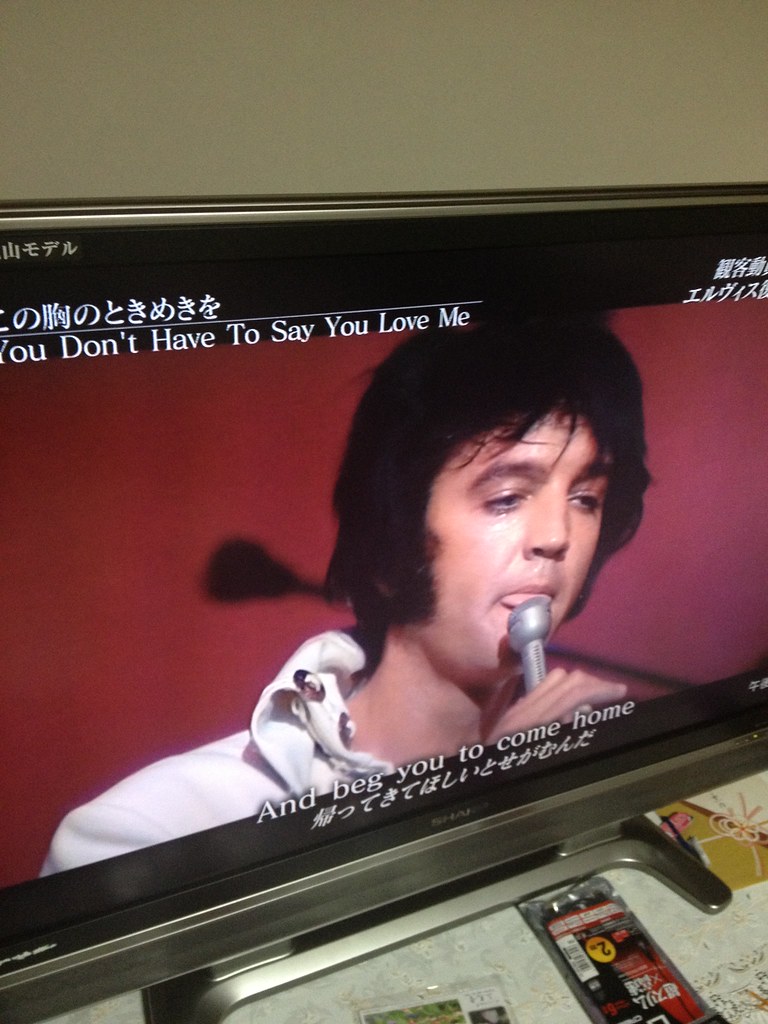
4. **From Local Gigs to Regional Stardom**The trio of Elvis Presley, Scotty Moore, and Bill Black made their public debut on July 17, 1954, at the Bon Air club. Later that month, they appeared at the Overton Park Shell, an event headlined by Slim Whitman, where Elvis pioneered his signature “Rubber legs” dance movement. This distinctive shaking of his legs while performing was a combination of his profound response to rhythm and his inherent nervousness. His wide-cut pants of the era inadvertently emphasized these movements, triggering screams from young women in the audience. Moore recounted, “During the instrumental parts, he would back off from the mic and be playing and shaking, and the crowd would just go wild,” an early indication of the electrifying stage presence that would soon captivate the nation.
Soon after these initial performances, Moore and Black departed from their previous band to commit to playing with Presley regularly, cementing the core of his groundbreaking sound. Disc jockey and promoter Bob Neal then stepped in as the trio’s manager, recognizing their burgeoning potential. From August through October, they frequently performed at the Eagle’s Nest club, a popular dance venue in Memphis. Presley’s performances had a magnetic effect; teenagers would rush in from the pool area to fill the club when he played, only to disperse once the house western swing band resumed. Through these consistent live engagements, Presley’s confidence on stage visibly blossomed. Moore observed, “His movement was a natural thing, but he was also very conscious of what got a reaction. He’d do something one time and then he would expand on it real quick,” demonstrating his innate ability to connect with and command an audience.
Amidst this intensive schedule of live performances, Presley also made time to return to Sun studio for additional recording sessions, further refining his unique musical blend. However, not all early opportunities were resounding successes. On October 2, Presley made what would be his only appearance on Nashville’s revered Grand Ole Opry. Opry manager Jim Denny, famously unimpressed, told Sam Phillips that his singer was “not bad” but simply did not suit the program, a stark contrast to the burgeoning enthusiasm he was generating elsewhere.
In November 1954, Presley found a more receptive audience at Louisiana Hayride, the Opry’s chief and decidedly more adventurous rival. The show, which aired on 198 radio stations across 28 states, provided a much broader platform. His initial set, marked by nervousness, elicited a muted reaction. However, a more composed and energetic second set ignited an enthusiastic response from the audience. This success led the Hayride to engage Presley for a year’s worth of Saturday-night appearances. He traded his old guitar for $8 and purchased a Martin instrument for $175 (equivalent to $2,000 in 2024), and his trio began performing in new locales like Houston, Texas, and Texarkana, Arkansas. Presley even made his first television appearance on the KSLA-TV broadcast of Louisiana Hayride. Despite these regional triumphs, he later failed an audition for Arthur Godfrey’s Talent Scouts on the CBS television network. Nevertheless, by early 1955, Presley’s consistent Hayride appearances, relentless touring, and well-received record releases had firmly established him as a regional star, a potent force on the cusp of national recognition.
Read more about: Waylon Jennings: Riding the Storm, Forging an Outlaw Legacy in Country Music
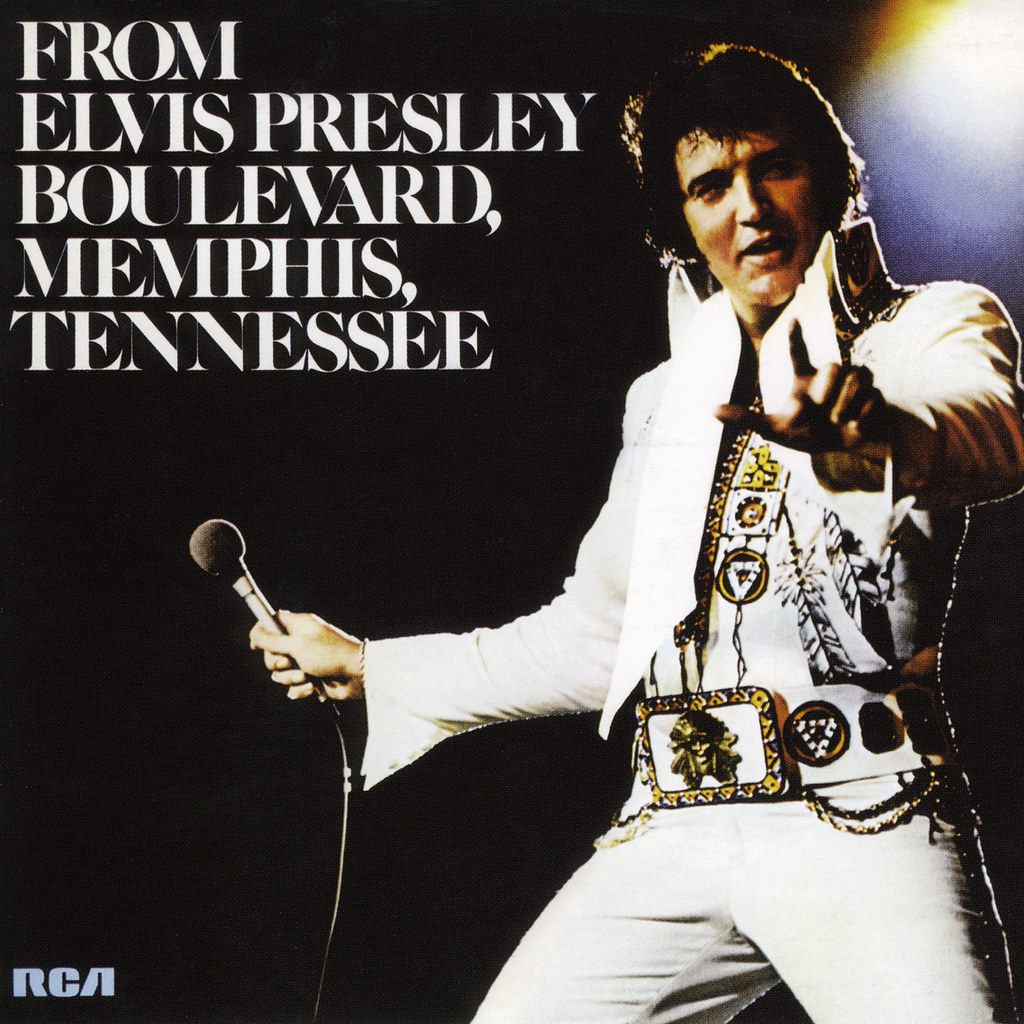
5. **Colonel Parker and the RCA Victor Deal**In January 1955, Bob Neal formalized his management contract with Elvis Presley, solidifying their professional relationship. Neal, recognizing the unparalleled promotional prowess of Colonel Tom Parker, introduced Presley to him, deeming Parker the best promoter in the music business. Parker, who had already achieved significant success managing top country star Eddy Arnold and was then working with the number-one country singer Hank Snow, promptly booked Presley to join Snow’s February tour. This strategic move placed Elvis on a larger platform, exposing him to new audiences and the inner workings of the national music circuit.
By August, Sun Records had released ten sides credited to “Elvis Presley, Scotty and Bill,” with later recordings also featuring a drummer. The blend of musical styles was distinctive and, at times, difficult for radio airplay. Some songs, such as “That’s All Right,” were described by a Memphis journalist as being in the “R&B idiom of negro field jazz.” Others, like “Blue Moon of Kentucky,” were “more in the country field,” yet both showcased “a curious blending of the two different musics.” This unique fusion created a challenge for radio stations: according to Neal, many country-music disc jockeys refused to play Presley because he sounded too much like a black artist, while R&B stations avoided him because “he sounded too much like a hillbilly.” This groundbreaking blend ultimately became known as “rockabilly.” During this formative period, Presley was billed with evocative titles such as “The King of Western Bop,” “The Hillbilly Cat,” and “The Memphis Flash.”
Presley renewed Neal’s management contract in August 1955, but concurrently appointed Colonel Parker as his special adviser, a clear indication of Parker’s increasing influence and strategic importance. The group maintained an extensive touring schedule, a testament to their growing popularity. Neal vividly recalled the intense audience reaction: “It was almost frightening, the reaction that came to Elvis from the teenaged boys. So many of them, through some sort of jealousy, would practically hate him. There were occasions in some towns in Texas when we’d have to be sure to have a police guard because somebody’d always try to take a crack at him.” This escalating fervor underscored Presley’s rising star power, even as it brought unforeseen challenges. The trio officially became a quartet when Hayride drummer D. J. Fontana joined as a full member, solidifying the classic lineup that would define many of his early hits. In mid-October, they even played a few shows in support of Bill Haley, whose “Rock Around the Clock” had been a number-one hit the previous year. Haley, observing Presley’s natural feel for rhythm, advised him to sing fewer ballads, a piece of advice that would soon be overlooked as Elvis’s range expanded.
At the Country Disc Jockey Convention in early November, Presley received significant industry recognition, being voted the year’s most promising male artist. The culmination of this period of intense regional success and growing national buzz came when three major labels presented offers of up to $25,000. Ultimately, Parker and Phillips struck an unprecedented deal with RCA Victor on November 21, acquiring Presley’s Sun contract for an astounding $40,000. At 20 years old, Presley was still legally a minor, so his father had to sign the contract. Parker further orchestrated a shrewd business arrangement with Jean and Julian Aberbach, owners of Hill & Range Publishing, to establish two new entities: Elvis Presley Music and Gladys Music. These companies were set up to manage all new material recorded by Presley, with songwriters obliged to forgo one-third of their customary royalties in exchange for the immense exposure and success that came with having Presley perform their compositions. By December, RCA had begun to heavily promote its new singer, and before the month concluded, many of his groundbreaking Sun recordings were reissued, signaling the arrival of a major new force in music.
Read more about: The Shocking True Story of the Stolen Car That Led to Elvis Presley’s First Record Deal
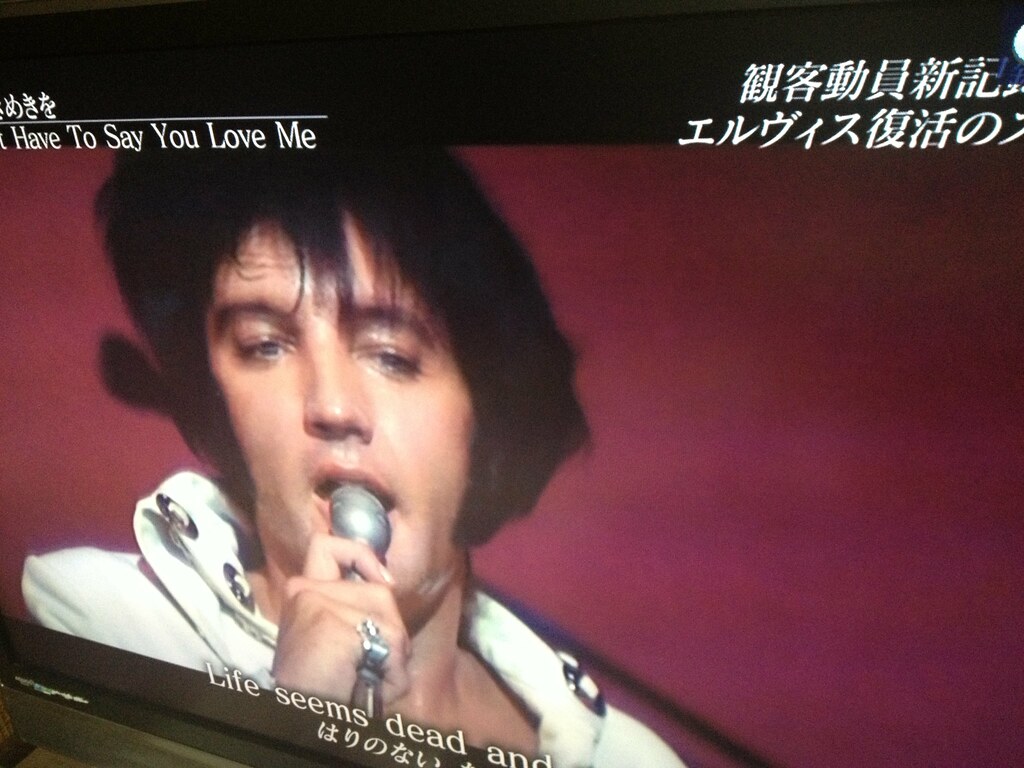
6. **”Heartbreak Hotel” and the National Breakthrough**January 10, 1956, marked a watershed moment in Elvis Presley’s career as he made his first recordings for RCA Victor in Nashville. For these sessions, his customary backup—Scotty Moore, Bill Black, and D. J. Fontana—was augmented. Hayride pianist Floyd Cramer, who had already been performing at live club dates with Presley, joined them. RCA Victor further enlisted the renowned guitarist Chet Atkins and three background singers, including Gordon Stoker of the popular Jordanaires quartet, adding layers of sophistication and richness to his sound. This expanded musical ensemble proved potent, yielding the moody and iconic track “Heartbreak Hotel,” which was swiftly released as a single on January 27, setting the stage for his national ascent.
Colonel Tom Parker, ever the strategic impresario, wasted no time in introducing Presley to national television audiences. He secured a booking for six appearances on CBS’s “Stage Show” over a span of two months. The program, produced in New York City, was hosted on alternate weeks by the esteemed big band leaders and brothers, Tommy and Jimmy Dorsey. Following his debut appearance on January 28, Presley capitalized on his time in New York to record at RCA Victor’s studio there. These sessions were highly productive, yielding eight new songs, notably including a powerful cover of Carl Perkins’ seminal rockabilly anthem, “Blue Suede Shoes,” further cementing his versatility and influence in the burgeoning rock and roll landscape.
February brought additional validation for Presley’s earlier work as his Sun recording, “I Forgot to Remember to Forget,” which had been originally released the previous August, soared to the top of the Billboard country chart. This achievement underscored his diverse appeal and demonstrated the strong foundation he had already built. In a strategic move reflecting his growing control over Presley’s career, Neal’s management contract was terminated, and Colonel Tom Parker officially assumed the role of Presley’s sole manager. This consolidation of management under Parker’s experienced, albeit sometimes controversial, guidance set the course for the remainder of Elvis’s extraordinary career, ensuring a singular vision for his rapidly expanding empire.
Read more about: The Shocking True Story of the Stolen Car That Led to Elvis Presley’s First Record Deal
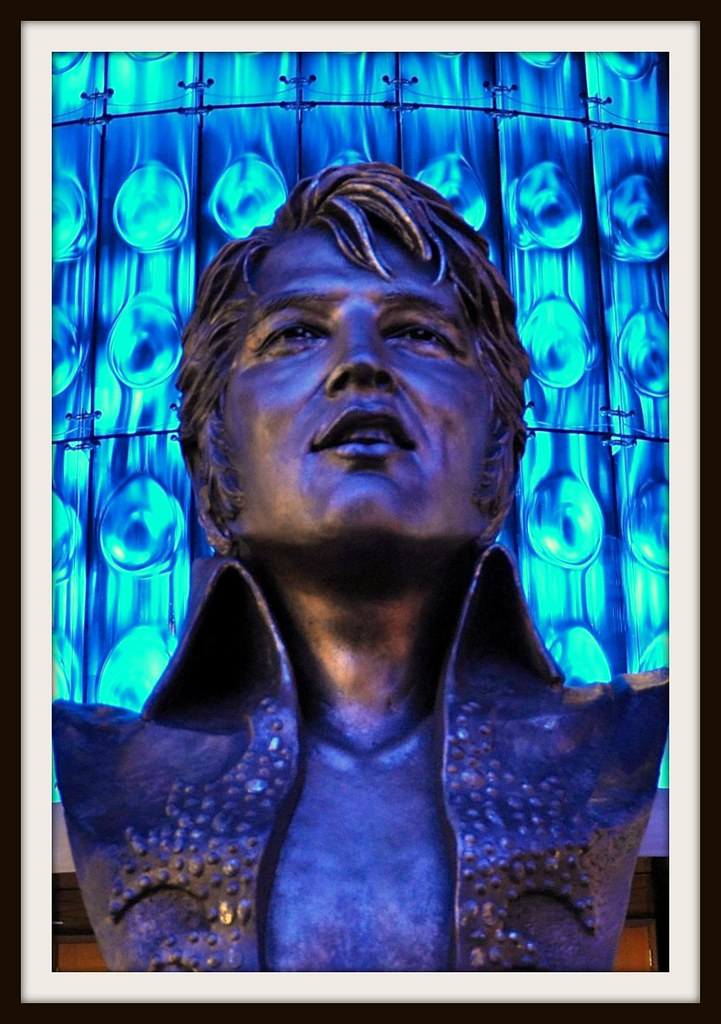
7. **The Self-Titled Debut and a Cultural Shift**RCA Victor unleashed Presley’s self-titled debut album on March 23, a release that would forever alter the course of popular music. This groundbreaking album was a carefully curated collection, featuring five previously unreleased Sun recordings that offered a glimpse into his raw, earlier sound, alongside seven recently recorded tracks that showcased his evolution under the RCA Victor banner. The blend was eclectic and revolutionary, signaling a new direction for the music industry.
The album’s tracklist was a compelling mix that defied easy categorization. It included two country songs, a bouncy pop tune, and, crucially, tracks that would come to centrally define the evolving sound of rock and roll. Among these was “Blue Suede Shoes,” which critic Robert Hilburn lauded as “an improvement over Perkins’ in almost every way,” highlighting Presley’s ability to infuse existing material with his unique flair. The album also featured three Rhythm and Blues numbers that had already become staples in Presley’s dynamic stage repertoire, covers of songs by Little Richard, Ray Charles, and The Drifters. As described by Hilburn, these particular tracks “were the most revealing of all. Unlike many white artists… who watered down the gritty edges of the original R&B versions of songs in the ’50s, Presley reshaped them. He not only injected the tunes with his own vocal character but also made guitar, not piano, the lead instrument in all three cases.” This intentional shift underscored his distinct artistic vision and his profound connection to the guitar as the voice of rock and roll.
“Elvis Presley” made history by becoming the first rock and roll album to top the Billboard chart, a position it commandingly held for ten weeks, undeniably cementing rock and roll’s mainstream acceptance. While Presley himself was not an innovative guitarist in the vein of Scotty Moore or contemporary African American rockers like Bo Diddley and Chuck Berry, cultural historian Gilbert B. Rodman argued that the album’s iconic cover image—”of Elvis having the time of his life on stage with a guitar in his hands—played a crucial role in positioning the guitar… as the instrument that best captured the style and spirit of this new music.” This debut album, therefore, was not merely a collection of songs; it was a cultural touchstone, a powerful declaration of a new era. The historian Marty Jezer eloquently summarized Presley’s impact, noting that he initiated the “biggest pop craze” since Glenn Miller and Frank Sinatra, effectively propelling rock and roll into mainstream culture. Jezer further elaborated, “As Presley set the artistic pace, other artists followed… Presley, more than anyone else, gave the young a belief in themselves as a distinct and somehow unified generation—the first in America ever to feel the power of an integrated youth culture.” His debut was, without question, a seismic event that reverberated far beyond the music charts, shaping the identity of a generation.
Now, let’s pick up the story as Elvis plunged headfirst into an era of unprecedented fame, navigating media firestorms, Hollywood ambitions, and profound personal challenges that would shape the legend forever. This next chapter of Elvis Presley’s life is a fascinating dive into how a shy kid from Tupelo became an undeniable global icon, often through controversy, sheer will, and a few truly unforgettable dance moves.
Read more about: Lady Gaga: From Shocking Spectacles to Oscar Gold – A Deep Dive into the Unstoppable Evolution of a Modern Icon

8. **Media Firestorms: The Milton Berle Show and “Hound Dog” Controversy**As 1956 unfolded, Elvis Presley was quickly becoming a household name, though not without igniting a considerable amount of debate. His first recordings for RCA Victor in Nashville, including the moody “Heartbreak Hotel,” released on January 27, swiftly climbed the charts, marking his first number-one pop hit. But it was his appearances on national television that truly set the stage for both his meteoric rise and the swirling controversies that followed.
Colonel Tom Parker, ever the strategic mind, wasted no time in booking Presley for six appearances on CBS’s “Stage Show” over two months, a national platform hosted by big band leaders Tommy and Jimmy Dorsey. After his January 28 debut, Presley used his time in New York to record eight new songs at RCA Victor’s studio, including a powerful cover of Carl Perkins’ seminal rockabilly anthem, “Blue Suede Shoes.” This period not only showcased his rapidly expanding repertoire but also foreshadowed the intensity of the spotlight awaiting him.
On April 3, Presley made the first of two appearances on NBC’s “The Milton Berle Show.” His performance on the USS Hancock in San Diego, California, where he performed for an audience of sailors and their dates, drew cheers and screams. However, it was his second appearance on June 5 at NBC’s Hollywood studio that truly ignited a cultural firestorm. Berle, perhaps nudging for a memorable moment, persuaded Presley to leave his guitar backstage.
During this notorious performance, Presley abruptly halted an up-tempo rendition of “Hound Dog” and launched into a slow, grinding version, accentuated by what were described as “exaggerated body movements.” The gyrations, far from going unnoticed, created a storm of controversy across the nation. Jack Gould of *The New York Times* famously wrote that “Mr. Presley has no discernible singing ability” and that his “one specialty is an accented movement of the body … primarily identified with the repertoire of the blond bombshells of the burlesque runway.”
The critics weren’t holding back. Ben Gross of the *New York Daily News* declared that popular music “has reached its lowest depths in the ‘grunt and groin’ antics of one Elvis Presley,” calling his exhibition “suggestive and vulgar, tinged with the kind of animalism that should be confined to dives and bordellos.” Ed Sullivan, whose variety show was the nation’s most popular, even deemed Presley “unfit for family viewing,” and much to Elvis’s displeasure, he found himself being referred to as “Elvis the Pelvis,” a nickname he personally called “childish.”
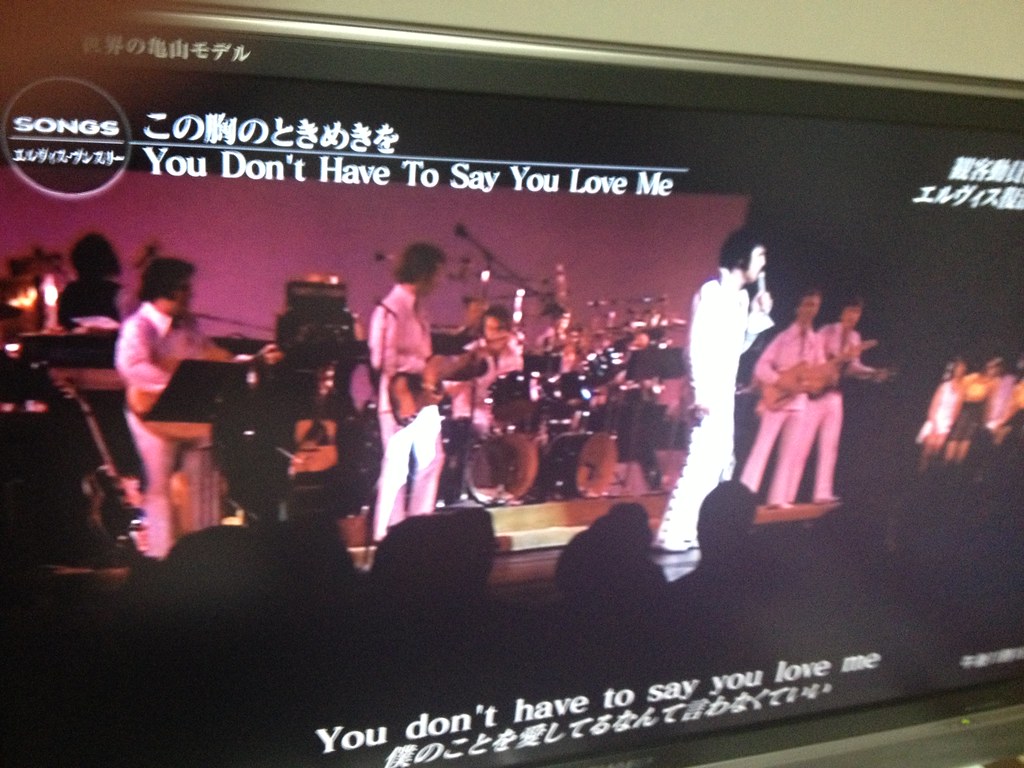
9. **Navigating the Scrutiny: The Steve Allen Show and First Sullivan Appearance**The fallout from the Milton Berle Show was immediate and intense, but it only seemed to fuel Elvis’s burgeoning fame. Despite the widespread condemnation, or perhaps because of it, the Berle shows drew such high ratings that Presley was soon booked for a July 1 appearance on NBC’s “The Steve Allen Show” in New York. Allen, reportedly no fan of rock and roll himself, introduced a “new Elvis” on the show, dressed in a white bowtie and black tails, a stark departure from his usual rebellious attire.
In what became one of his most talked-about performances, Presley sang “Hound Dog” for less than a minute to a basset hound wearing a top hat and bowtie. Television historian Jake Austen described Allen’s intent, stating that he “thought Presley was talentless and absurd… [he] set things up so that Presley would show his contrition.” Allen later wrote that he found Presley’s “strange, gangly, country-boy charisma, his hard-to-define cuteness, and his charming eccentricity intriguing,” but Presley himself would refer back to the Allen show as the “most ridiculous performance of his career.”
Later that same night, appearing on the local television show “Hy Gardner Calling,” Presley was pressed on whether he had learned anything from the criticism he was receiving. His response was unequivocally defiant: “No, I haven’t… I don’t see how any type of music would have any bad influence on people when it’s only music… how would rock ‘n’ roll music make anyone rebel against their parents?” This statement solidified his stance as an artist unwilling to compromise his unique style.
The very next day, Presley was back in the studio, recording new tracks like “Hound Dog,” “Any Way You Want Me,” and “Don’t Be Cruel.” The Jordanaires, who had sung harmony on “The Steve Allen Show,” continued their collaboration, becoming a staple of his sound throughout the 1960s. His live shows continued to stir frenzied reactions, leading a judge in Jacksonville, Florida, to order him to “tame his act.” In response, during his next performance, Presley largely kept still, except for suggestively wiggling his little finger in mocking defiance of the order. The single pairing “Don’t Be Cruel” with “Hound Dog” went on to rule the top of the charts for an impressive eleven weeks, a record that stood for 36 years.
The Berle and Allen appearances set the stage for his most monumental television moment yet. Allen’s show with Presley had, for the first time, actually beaten “The Ed Sullivan Show” in the ratings. Recognizing the undeniable pull of this young phenomenon, Sullivan, who had previously declared Presley “unfit for family viewing,” booked him for three appearances for an unprecedented $50,000. The first of these, on September 9, 1956, was hosted by actor Charles Laughton as Sullivan recovered from a car accident. This broadcast was seen by an estimated 60 million viewers, an astounding 82.6 percent of the television audience, making it a truly historic event.
Despite the legend that Presley was only shot from the waist up to censor his movements, he was, in fact, shown head-to-toe on his debut. While the camerawork was relatively discreet, using leg-concealing close-ups when he danced, the studio audience reacted with characteristic screams. His performance of the ballad “Love Me Tender” prompted a record-shattering million advance orders, cementing its place as an instant classic. More than any other single event, this first appearance on “The Ed Sullivan Show” irrevocably made Elvis Presley a national, undeniable celebrity, catalyzing a cultural shift that Jezer summarized as initiating the “biggest pop craze” since Glenn Miller and Frank Sinatra, effectively propelling rock and roll into mainstream culture.
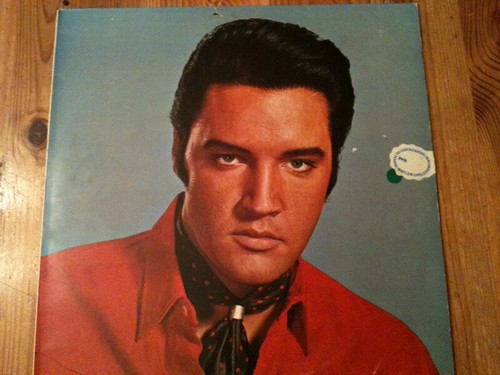
10. **From Stage to Screen: Film Debut, Graceland, and Further Chart Dominance**With each electrifying performance, the audience response at Elvis Presley’s live shows grew increasingly fervent, reaching near-riotous levels. Scotty Moore vividly recalled the scene, stating, “He’d start out, ‘You ain’t nothin’ but a Hound Dog,’ and they’d just go to pieces. They’d always react the same way. There’d be a riot every time.” The fervor was so intense that at two concerts in September at the Mississippi–Alabama Fair and Dairy Show, fifty National Guardsmen had to be deployed alongside police to manage the crowds and prevent a complete ruckus.
Amidst this escalating concert madness, October saw the release of *Elvis*, his second RCA Victor album, which swiftly soared to number one on the charts. This album was particularly notable for featuring “Old Shep,” the song he’d sung at a talent show back in 1945, marking the first time he played piano on an RCA Victor session. According to Peter Guralnick, the “halting chords and the somewhat stumbling rhythm” of this performance revealed “the unmistakable emotion and the equally unmistakable valuing of emotion over technique.” Rock critic Dave Marsh further asserted that the records from “That’s All Right” through *Elvis* contained “the seeds of what rock & roll was, has been and most likely what it may foreseeably become.”
His burgeoning stardom naturally led to Hollywood, where he harbored clear acting ambitions. His first motion picture, *Love Me Tender*, was released on November 21, 1956. Though he wasn’t top-billed, the film’s original title, *The Reno Brothers*, was strategically changed to capitalize on his latest number-one record, “Love Me Tender,” which had already topped the charts earlier that month. To further leverage his immense popularity, four musical numbers were hastily added to what was initially conceived as a straight acting role, transforming it into a vehicle for his musical talent. While critics largely panned the film, it performed exceptionally well at the box office, a testament to his star power. From that point on, Presley received top billing on every subsequent film he made.
In a significant personal milestone for the young star, Presley purchased his iconic 18-room mansion, Graceland, on March 19, 1957, a property that would become synonymous with his legacy. Before this major acquisition, he recorded the soundtrack for his second film, *Loving You*, which was released in July and became his third consecutive number-one album. The title track was penned by the celebrated songwriting duo Jerry Leiber and Mike Stoller, who were then retained to write four of the six songs for his next film, *Jailhouse Rock*.
Leiber and Stoller effectively produced the *Jailhouse* sessions, quickly developing a close working relationship with Presley, who came to regard them as his “good-luck charm.” Leiber himself noted, “He was fast. Any demo you gave him he knew by heart in ten minutes.” The title track, “Jailhouse Rock,” became another number-one hit, as did the accompanying *Jailhouse Rock* EP, further solidifying Presley’s reign over both the music charts and the burgeoning world of rock and roll cinema.
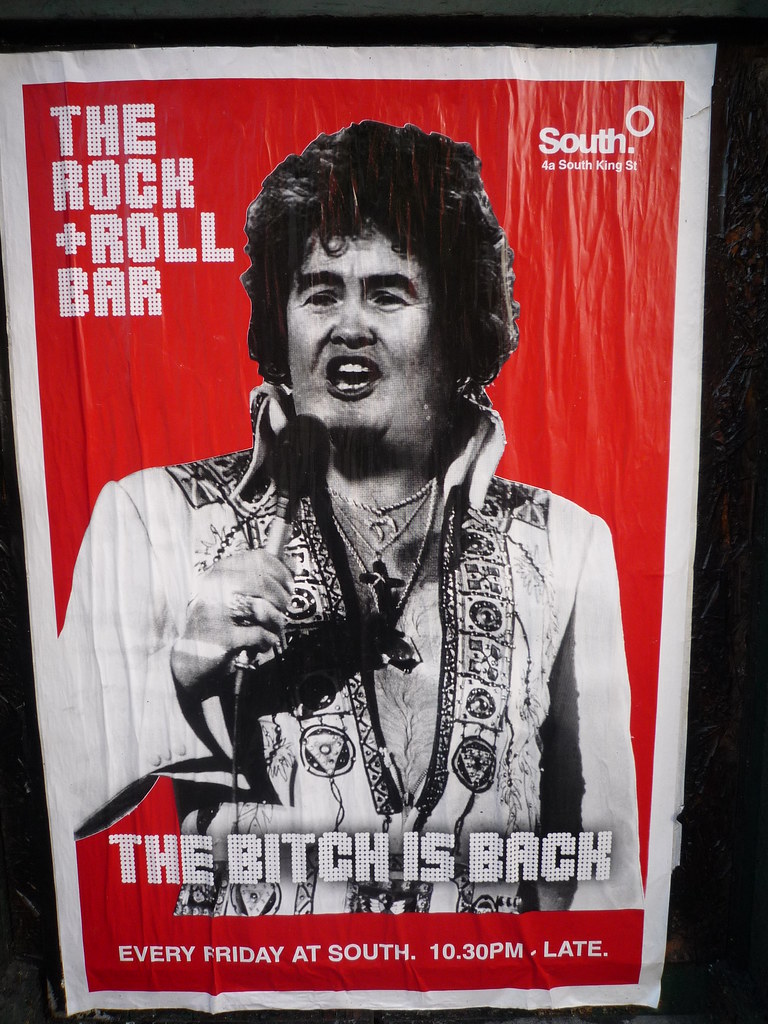
11. **Crucial Collaborations: The Million Dollar Quartet and Leiber & Stoller’s Impact**Beyond his solo triumphs, Elvis Presley’s early career was also marked by electrifying collaborations that etched themselves into music history. One such legendary, albeit unplanned, event occurred on December 4, 1956. Presley happened to drop into Sun Records while Carl Perkins and Jerry Lee Lewis were recording. An impromptu jam session ensued, with Johnny Cash also present, creating what would forever be known as the “Million Dollar Quartet.” Sam Phillips, though no longer holding the rights to release Presley’s material, wisely ensured the session was captured on tape, preserving a piece of rock and roll royalty for posterity. The results, a treasure trove of music history, weren’t officially released for twenty-five years, making them a testament to the raw, unadulterated talent that converged that day.
The year 1956 concluded with Presley as an undeniable commercial juggernaut. A front-page story in *The Wall Street Journal* reported that Presley merchandise alone had brought in a staggering $22 million, on top of his already colossal record sales. *Billboard* declared that he had placed more songs in the top 100 than any other artist since charts began. In his first full year at RCA Victor, then the largest record industry company, Presley accounted for over fifty percent of the label’s singles sales, a truly mind-boggling feat.
His fame continued to grow exponentially, extending even to places where his music wasn’t officially released. *The New York Times* reported that pressings of his music on discarded X-ray plates were fetching high prices in Leningrad, a fascinating glimpse into his international appeal behind the Iron Curtain. Presley made his third and final appearance on *The Ed Sullivan Show* on January 6, 1957. On this occasion, he was indeed shot only down to the waist, a move some commentators suggest was Parker’s orchestration to generate publicity.
However, as critic Greil Marcus described, Presley “did not tie himself down.” Dispensing with the bland attire from his earlier Sullivan appearances, he emerged “in the outlandish costume of a pasha, if not a harem girl. From the make-up over his eyes, the hair falling in his face, the overwhelmingly ual cast of his mouth, he was playing Rudolph Valentino in The Sheik, with all stops out.” To close the show, displaying his remarkable range and defying Sullivan’s preferences, Presley delivered a gentle black spiritual, “Peace in the Valley.” At the segment’s end, a seemingly placated Sullivan declared Presley “a real decent, fine boy.”
The collaborations with Leiber and Stoller continued to be incredibly fruitful. Each of Presley’s three singles released in the first half of 1957—”Too Much,” “All Shook Up,” and “(Let Me Be Your) Teddy Bear”—soared to number one. Later that year, the duo was back in the studio for the recording of *Elvis’ Christmas Album*. Toward the end of the session, they spontaneously wrote “Santa Claus Is Back in Town,” an innuendo-laden blues, at Presley’s request. This holiday release extended Presley’s streak of number-one albums to four and went on to become the best-selling Christmas album ever in the United States, with eventual sales exceeding 20 million worldwide.
Despite the massive success, not all was harmonious behind the scenes. Following the Christmas album sessions, Scotty Moore and Bill Black, who were receiving modest weekly salaries and no share in Presley’s immense financial gains, resigned. They were, however, quickly brought back on a per diem basis a few weeks later. The new year brought another Leiber and Stoller tune, “Don’t,” which became Presley’s tenth number-one seller. Recording sessions for the *King Creole* soundtrack were held in Hollywood in mid-January 1958, with Leiber and Stoller contributing three songs. However, this would mark the last time Presley and the duo worked closely together, as Stoller later recalled that Presley’s manager and entourage sought to ‘wall him off.’ A brief soundtrack session on February 11, 1958, marked the final occasion on which Bill Black, a foundational member of his sound, was to perform with Elvis Presley.
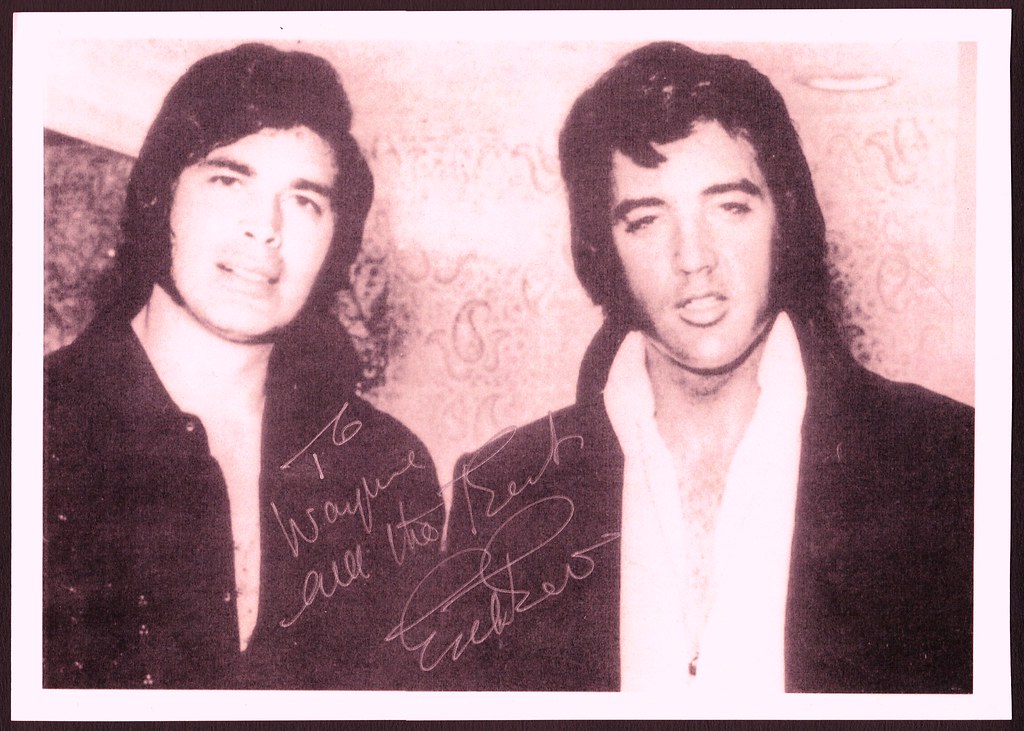
12. **Drafted: Military Service Begins**The unstoppable trajectory of Elvis Presley’s career was about to take an unexpected, yet mandatory, turn. On December 20, 1957, Presley received his draft notice from the United States Army. Despite the immediate implications for his booming career, he was granted a deferment to complete his forthcoming film, *King Creole*, ensuring his contractual obligations were met before he served his country.
The deferment was brief. On March 24, 1958, Elvis Presley was officially drafted into the United States Army at Fort Chaffee in Arkansas. His arrival was nothing short of a major media event, with hundreds of people descending upon him as he stepped from the bus. Photographers eagerly accompanied him into the installation, capturing every moment of the world-famous rock and roll star transitioning into a private in the U.S. Army.
Amidst the media frenzy, Presley made a public announcement, expressing his anticipation for his military service. He famously stated that he did not want to be treated any differently from anyone else, a sentiment that resonated with many and demonstrated his commitment to fulfilling his duty as an American citizen, rather than leveraging his celebrity for special treatment. This decision earned him respect from a segment of the public who had previously been critical of his provocative stage persona.
Between March 28 and September 17, 1958, Presley completed both his basic and advanced training at Fort Hood, Texas. During this period, he was temporarily assigned to Company A, 2d Medium Tank Battalion, 37th Armor. The military stint was not just a period of service but also a pause in his recording schedule. However, during a two-week leave granted between his basic and advanced training in early June, he managed to squeeze in a recording session, laying down five new songs in Nashville, a testament to his enduring dedication to music even amidst his military obligations.
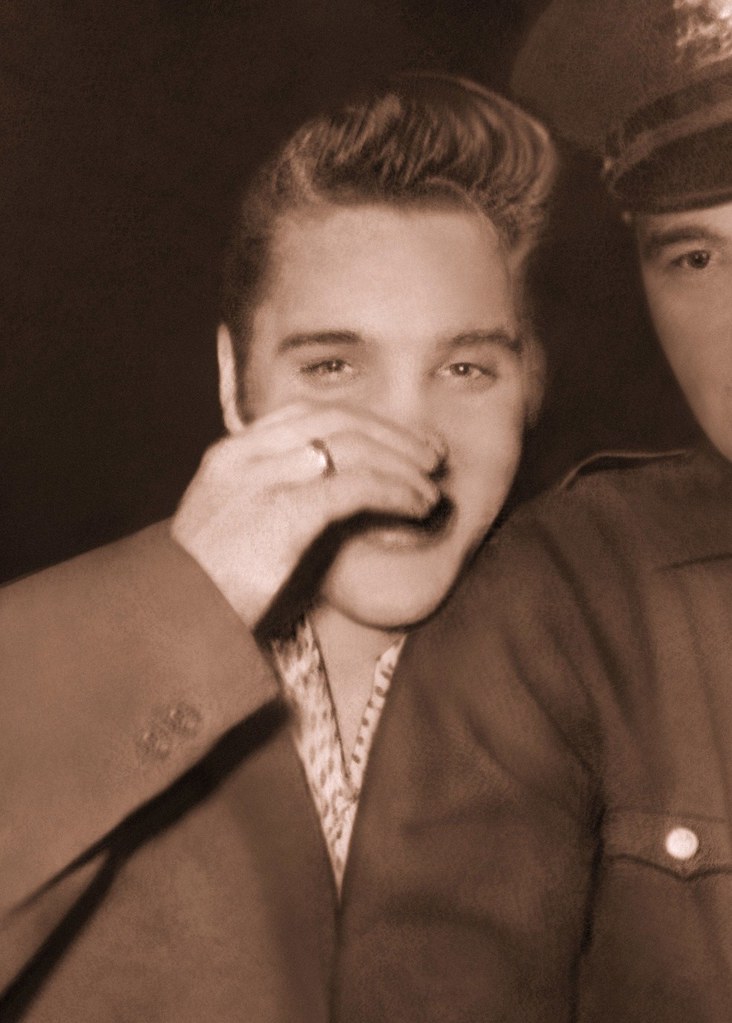
13. **Devastation and Resilience: Mother’s Death and Germany**The summer of 1958 brought with it a profound personal tragedy that would forever alter the course of Elvis Presley’s life and emotional landscape. In early August, while he was still undergoing military training, his beloved mother, Gladys Love Presley, was diagnosed with hepatitis. Her condition rapidly worsened, sending shockwaves through the Presley family.
Recognizing the severity of the situation, Elvis was granted emergency leave to visit his ailing mother. He arrived in Memphis on August 12, hoping for a miracle. However, just two days later, on August 14, 1958, Gladys Presley tragically died of heart failure at the age of 46. This loss devastated Elvis; he was never the same after her passing. Their relationship had been exceptionally close, enduring even into his adulthood, characterized by baby talk and pet names, underscoring the deep, unbreakable bond they shared.
The personal anguish of losing his mother came just as his military journey was about to take him overseas. On October 1, 1958, after completing his training and enduring his heartbreaking loss, Presley was assigned to the 1st Medium Tank Battalion, 32d Armor, 3d Armored Division, stationed at Ray Barracks, West Germany. Here, he served as an armor intelligence specialist, a role that saw him contribute to the military effort while grappling with immense personal grief far from home.
His commitment to his military duties remained unwavering. He received a promotion to private first class on November 27, and later, on June 1, 1959, he was promoted again to specialist fourth class. These promotions reflected his dedication and competence within the Army, demonstrating his ability to adapt and perform, even under the shadow of a personal tragedy that had fundamentally reshaped his world.
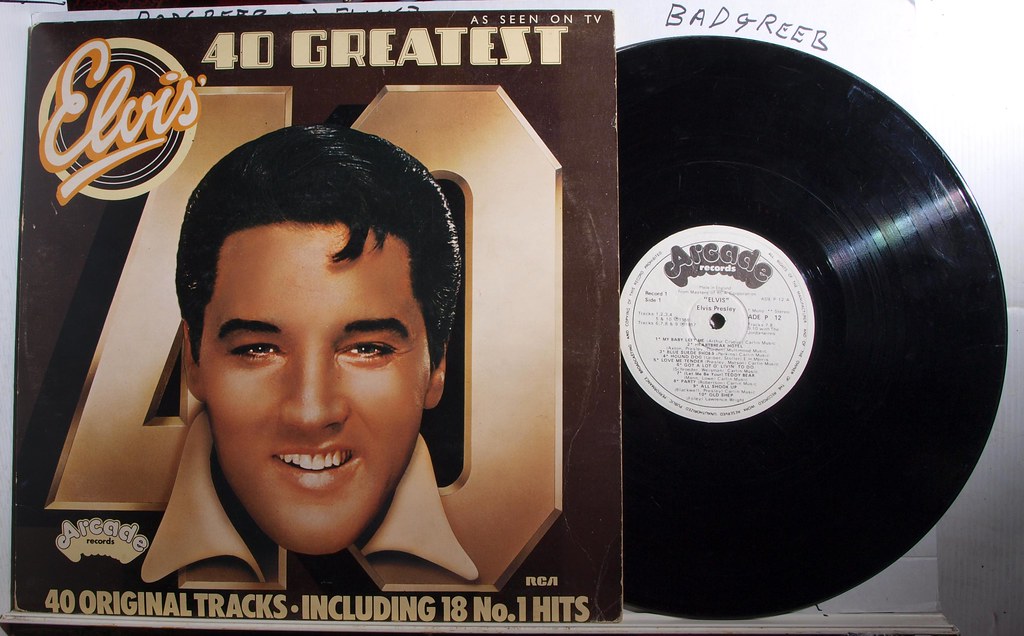
14. **Life Abroad: Amphetamines, Karate, and Priscilla**Life in West Germany, though marked by the profound sorrow of his mother’s death, presented Elvis Presley with new experiences and influences. It was during his time on maneuvers that Presley was introduced to amphetamines. He quickly became “practically evangelical about their benefits,” not only for the bursts of energy they provided but also for their purported effects on “strength” and, notably, weight loss. This introduction marked a significant and ultimately tragic turn in his personal habits, a detail that would unfortunately cast a long shadow over his later life.
Beyond the challenges, Germany also ignited a lifelong passion for karate. Presley began studying with Jürgen Seydel, delving deep into the discipline. This newfound interest wasn’t merely a hobby; he would later famously incorporate karate movements and philosophies into his electrifying live performances, adding a unique, dynamic element to his already captivating stage presence. It became a core part of his physical and artistic expression, showcasing his relentless drive for self-improvement and performance innovation.
Despite his unparalleled fame, fellow soldiers from his time in Germany consistently attested to Presley’s genuine wish to be seen and treated as an able, ordinary soldier. He actively resisted any special privileges, demonstrating a humility that endeared him to his comrades. Furthermore, his generosity became legendary within his unit. He famously donated his entire Army pay to charity, purchased television sets for the base’s common areas, and even bought an extra set of fatigues for every single person in his outfit, acts that spoke volumes about his character and camaraderie.
His dedication to service culminated in his promotion to sergeant on February 11, 1960. While stationed in Bad Nauheim, another pivotal personal event unfolded: Presley, then 24 years old, met 14-year-old Priscilla Beaulieu. This chance encounter marked the beginning of a long and significant romantic relationship. They would embark on a seven-and-a-half-year courtship, a period of profound connection that would eventually lead to their marriage, shaping another vital chapter in the King’s intensely public and private life.
As Elvis Presley’s military service concluded, he stood on the precipice of another transformation. He had navigated personal devastation, embraced new disciplines, and formed a bond that would redefine his private world. His return to civilian life would not be a quiet one; the King was ready to reclaim his throne, bringing with him a renewed sense of purpose and a deeper well of experience, poised to deliver some of his most commercially successful work and continue his undeniable reign over the global stage.



